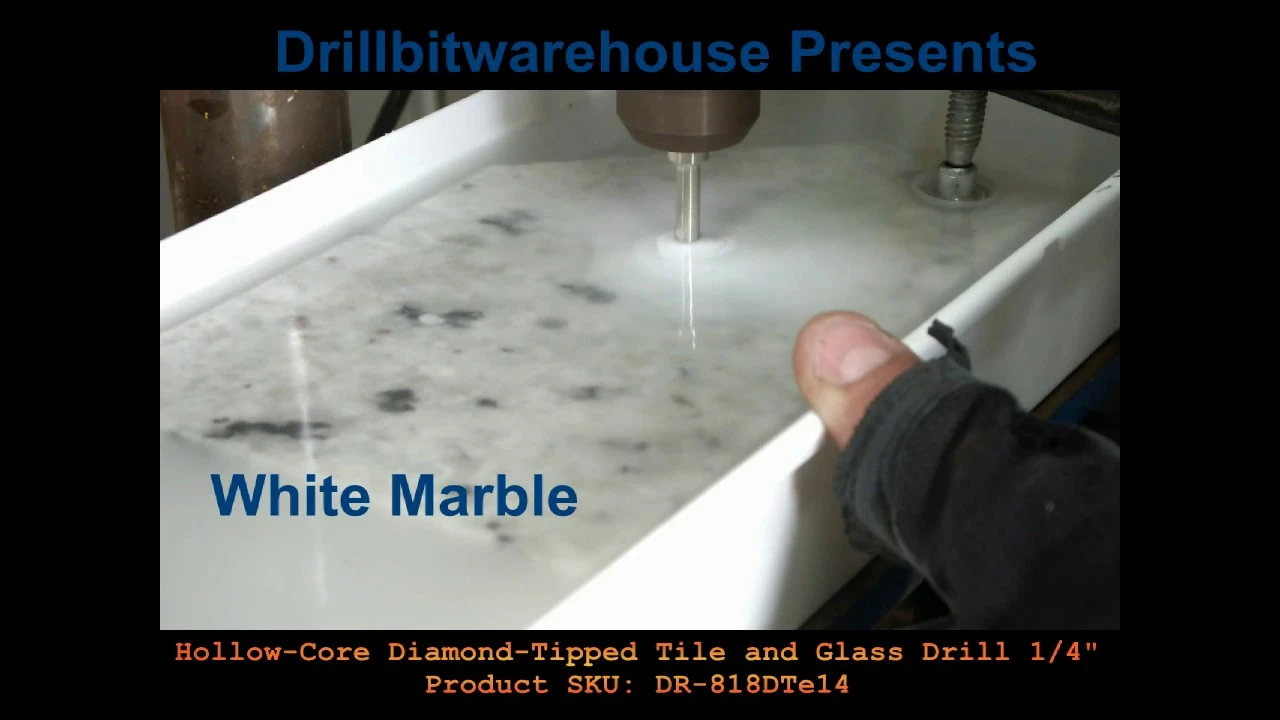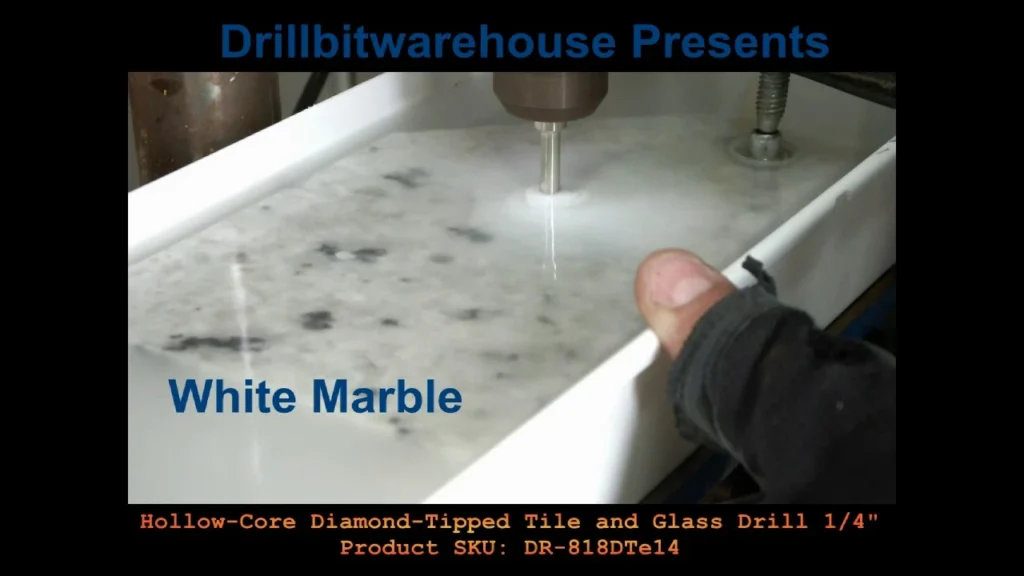
Drilling a hole in a marble slab may seem intimidating, especially when dealing with premium or delicate finishes like Carrara marble or polished marble slabs. However, with the right tools, technique, and preparation, even homeowners can complete this task successfully. Whether you’re installing a faucet, mounting a fixture, or creating custom decor, this guide will
Drilling a hole in a marble slab may seem intimidating, especially when dealing with premium or delicate finishes like Carrara marble or polished marble slabs. However, with the right tools, technique, and preparation, even homeowners can complete this task successfully. Whether you’re installing a faucet, mounting a fixture, or creating custom decor, this guide will teach you how to drill marble safely and cleanly.
Before drilling, it’s essential to understand the characteristics of marble, proper tool selection, and potential risks of cracking or chipping. This article will also address related topics such as marble slab thickness, installation, and maintenance tips post-drilling.

Understanding the Nature of a Marble Slab
A marble slab is a flat, cut section of natural stone used widely in bathrooms, kitchens, floors, and even for wall cladding. Known for its timeless appeal and range of marble slab colors—from white and black to dramatic veining—marble is both decorative and functional.
But marble is also softer and more porous than granite slabs, which makes it easier to work with in some cases, but also more prone to cracking and staining. That’s why drilling should be done with caution and precision.
Learn more about its composition in what is a marble slab?

Why You Might Need to Drill a Hole in Marble
Here are some common applications:
- Installing a faucet or showerhead
- Mounting towel bars or hooks
- Running plumbing or electrical wires
- Custom lighting or fixtures
- Adding glass shower enclosures
Tools and Materials You’ll Need
To drill into marble successfully, you’ll need the right set of tools to ensure a clean cut without damage.
Tools:
- Power drill (corded preferred for consistent power)
- Diamond-tipped drill bit or carbide-tipped masonry bit
- Hole saw (for larger holes)
- Water bottle or wet sponge (for cooling)
- Painter’s tape or masking tape
- Safety goggles, gloves, and ear protection
- Measuring tape and pencil
- Clamps (if drilling a loose slab)
Step-by-Step: How to Drill a Hole in a Marble Slab
Step 1: Mark Your Spot
Use a pencil to mark where you need the hole. For added control, place painter’s tape over the marked area—this helps reduce the risk of the drill bit slipping and minimizes chipping on polished or honed marble slabs.
Step 2: Secure the Marble
If the marble slab isn’t yet installed (e.g., marble slab countertop or marble slab for bathroom wall), place it on a non-slip surface and clamp it securely. Always work on a stable surface.
Step 3: Use the Right Drill Bit
Select a diamond-tipped drill bit for best results. Carbide-tipped bits can work but are less effective on polished surfaces and dense natural marble slabs. Avoid using wood or standard metal bits.
Step 4: Begin Drilling Slowly
- Hold the drill perpendicular to the slab surface.
- Begin at a low speed to create a guide hole.
- Apply minimal pressure—let the drill do the work.
For larger holes, start with a small bit and work your way up to the desired diameter.
Step 5: Cool the Drill Bit
Overheating can lead to cracks. Keep the drill bit cool by periodically spraying water or using a wet sponge near the hole area. If you’re drilling vertically, use a helper to keep the area wet.
Step 6: Complete the Drill
Once the bit reaches the other side of the slab or desired depth, reduce speed and carefully remove the bit to prevent spalling on the exit side.
Safety Tips When Drilling Marble
- Always wear safety gear to protect from debris and dust.
- Never force the drill—patience is key.
- Use two hands on the drill for control.
- Cool the bit regularly to avoid overheating.
Aftercare and Maintenance
Once your hole is drilled, you can:
- Use a marble slab sealer to protect the freshly exposed surface.
- Clean with pH-neutral cleaner to avoid etching.
- Avoid placing weight near the drilled hole if it’s close to the slab edge.
For long-term durability and shine, regular marble slab maintenance is recommended. Also, inspect for cracks that may have formed around the drilled area.
Related DIY Guides
If you’re taking on a full remodeling project, here are some additional helpful resources:
- How to Cut a Marble Slab?
- How to Cut Marble Slab at Home?
- Where to Buy Marble Slab for Shower Walls?
Can You Drill a Hole in Engineered or Imported Marble Slabs?
Yes, the same steps apply, but engineered marble may have a resin base that behaves differently when drilling. Imported marble slabs like Italian marble slab or Calacatta marble slab are often more expensive, so extra care must be taken.

